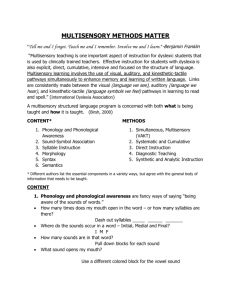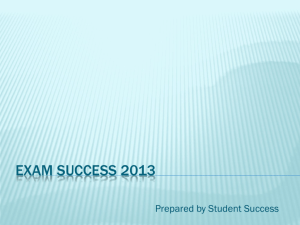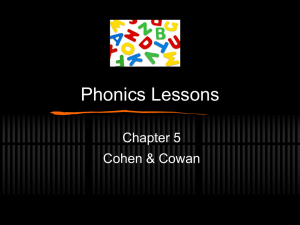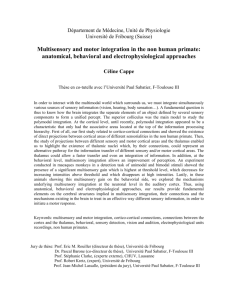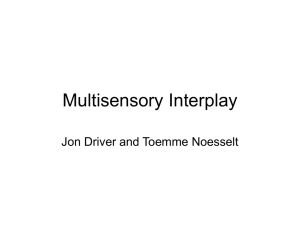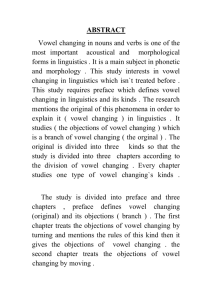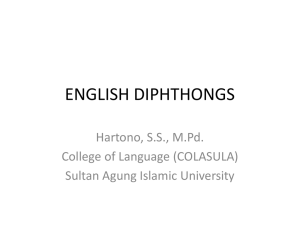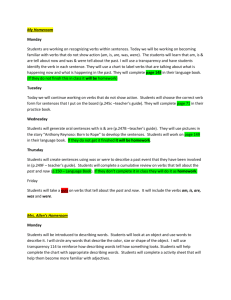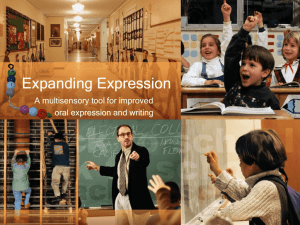Multisensory Strategies
advertisement
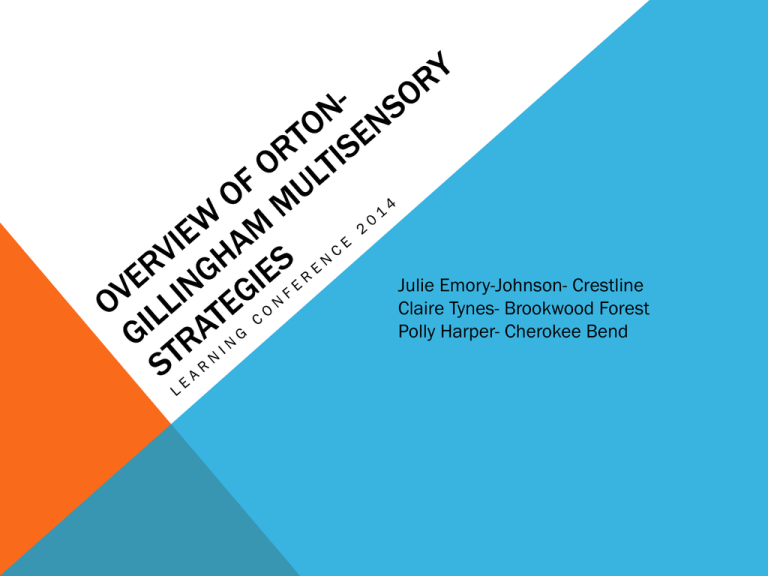
Julie Emory-Johnson- Crestline Claire Tynes- Brookwood Forest Polly Harper- Cherokee Bend IMSE Institute for Multisensory Education Based Orton- Gillingham principles Originally developed for people with Dyslexia but works with all readers 5 day workshop Companion to Recipe for Reading 3 part drill (with 4 parts) for Review 1. Review sound cards: “c” says /k/ 2. Sound Blending with cards, CVC 3. Auditory/Kinesthetic: the students write the letter of the sound presented by the teacher in sand, shaving cream, on sand paper, in salt, etc. Teacher: “the sound is /t/. Repeat” Student: “/t/. T says /t/” (writes letter in tactile medium) Teacher: “shake to erase” 4. Vowel intensive: review short vowel sounds with vowel tents Teacher: “ap” Student: “ap. A says /a/” (holds up A vowel tent) Teacher continues with VC and CVC syllables, both real and nonsense video . Red Words Red words are words that are not easily decoded. “Red” means stop decoding! This is a great strategy for sight words and words that are consistently misspelled. Write/copy red word with a red crayon over screen or sandpaper. Trace letters with finger “t-h-e spells the” three times Stand up, hold paper in off-hand (the hand you don’t write with) with arm outstretched. With your dominant hand touch other shoulder and say “the. TH-E spells the” going down your arm with each letter. Three times! Sit down. Turn paper over and write red word three times. MULTISENSORY STRATEGIES Elkonian boxes Moving tiles with each sound Sight word Sand cards (Lakeshore) Stretch and shrink Arm tapping; finger tapping Screen, sand, d/b punch Oral language (Sammy Loves Fried Zebra) Dance/song Different color text Recipe for Reading Multisensory strategies are good practice for every subject area! It is purposeful and thought out- creating a balance Pairing physical movement with learning makes it stick! Reaching all learners Think about it- you are already doing lots of multisensory strategies!
